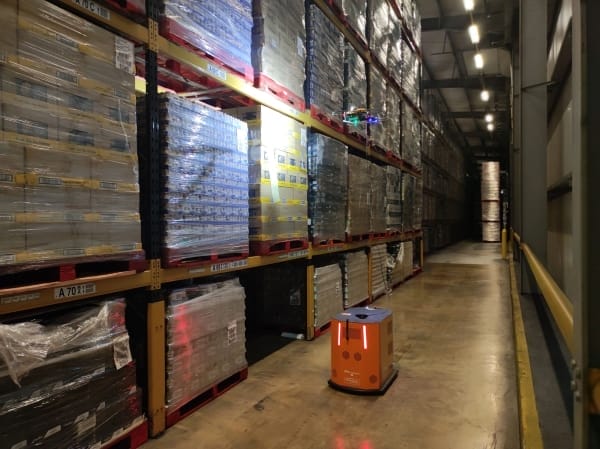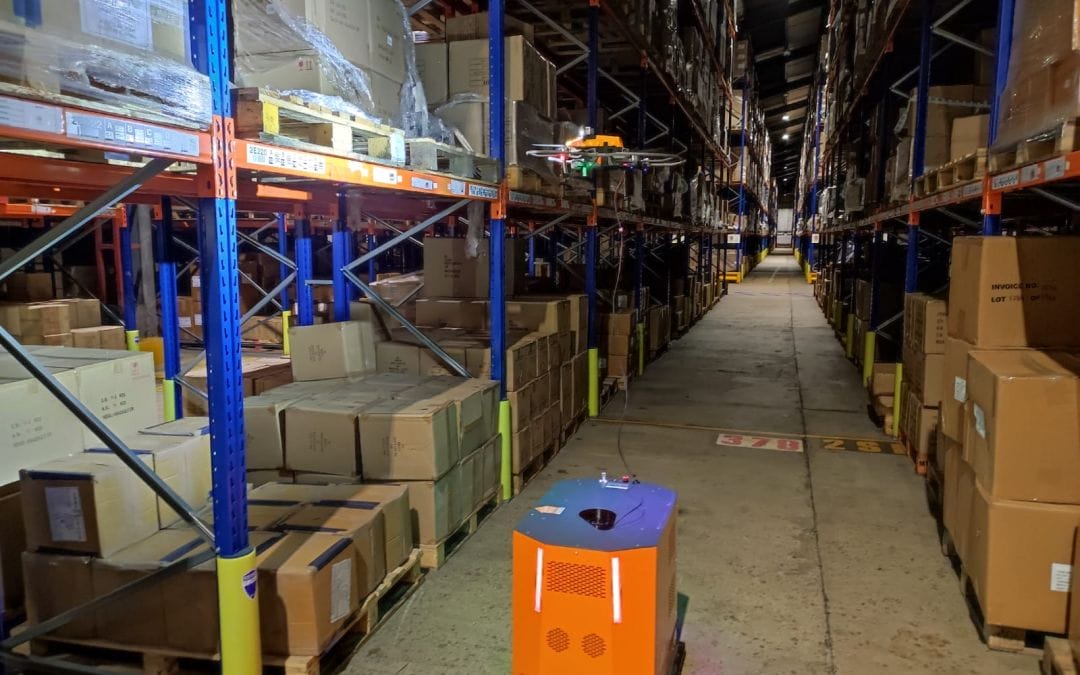
Warehouse inventory management is a critical component of any successful supply chain. Ensuring accurate and up-to-date records of stock levels is vital for efficient operations, reducing costs, and meeting customer demand.
Traditionally, manual inventory counts have been the norm, but in today’s technology-driven world, automating warehouse inventory counts presents a compelling business case. In this blog, we’ll explore the reasons why automating inventory counts in warehouses is not only a smart investment but also a strategic imperative.
Increased Accuracy
Human error is an unavoidable part of manual inventory counts. Miscounts, misplaced items, and incorrect data entry can lead to discrepancies that ripple through your supply chain, resulting in stockouts, overstock situations, and lost sales. Automating inventory counts with barcode scanners, RFID technology, or automated drones significantly improves accuracy, ensuring that your records reflect the actual stock levels.
Enhanced Efficiency
Manual inventory counts are labour-intensive and time-consuming. Automating the process can drastically reduce the time and effort required to maintain accurate inventory records. With automated systems, you can quickly and efficiently scan, track, and update inventory levels, allowing your staff to focus on more value-added tasks, such as optimising warehouse layout or addressing critical issues.
Real-Time Visibility
Real-time data is a competitive advantage in today’s fast-paced business environment. Automating warehouse inventory counts provides immediate, up-to-date visibility into your stock levels. This enables better decision-making, as you can respond promptly to changes in demand, manage restocking, and reduce the risk of stockouts. Real-time data also helps to identify and address inventory discrepancies promptly.
Cost Savings
Automating inventory counts can result in significant cost savings. You’ll reduce labour costs associated with manual counts, minimise the need for overtime work, and cut down on the risk of errors that can lead to costly stockouts or overstock situations. Additionally, the enhanced accuracy and visibility that automation offers can help you optimise your inventory management practices, further reducing carrying costs.
Improved Customer Satisfaction
Accurate inventory levels are directly linked to customer satisfaction. Automation ensures that you have the right products in stock, leading to fewer order errors and delays. Satisfied customers are more likely to return and recommend your business to others, positively impacting your bottom line.
Scalability
As your business grows, managing inventory counts manually becomes increasingly challenging. Automating warehouse inventory counts offers scalability. The technology can adapt to handle larger stock levels and more complex operations without a proportional increase in labour and time. This flexibility is essential for accommodating business growth.
Regulatory Compliance
For some industries, maintaining accurate inventory records is not just a best practice but a regulatory requirement. Automating the process ensures that you meet compliance standards and avoid costly fines or legal issues.
Conclusion
The business case for automating warehouse inventory counts is compelling and multifaceted. It not only increases accuracy, efficiency, and cost savings but also provides real-time visibility and helps maintain regulatory compliance.
In today’s highly competitive business landscape, automation is more than just a convenience; it’s a strategic imperative that can give your organisation a competitive edge. By investing in technology and automated systems to manage your inventory counts, you’ll position your business for growth, customer satisfaction, and long-term success.
If you need to make the business case to decision-makers, it’s a great idea to go armed with an ROI. Take our online ROI calculator to see how quickly your investment in automation can pay for itself.
Revolutionise your warehouse
Download our exclusive whitepaper to find out how you can enhance your warehousing and logistics operations





